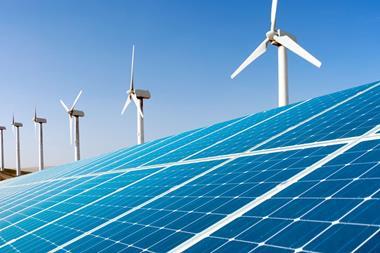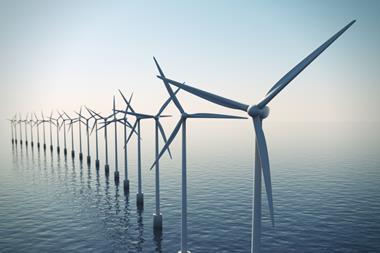New research has linked 71% of global industrial greenhouse gases (GHG) emitted since 1988 to 100 active fossil fuel producers, with most of these emissions traced to state-owned entities.
The “Carbon Majors” research found that the group of 100 fossil fuel producers were the source of the 635bn tonnes of carbon dioxide emissions equivalent since 1988. It was conducted by CDP, a London-based non-governmental organisation, in collaboration with the Climate Accountability Institute, a Colorado-based environmental group.
It attributed 59% of these to state-owned entities, 32% to “publicly listed investor-owned companies”, and 9% to private investment.
Pedro Faria, technical director at CDP, said the results starting in 1988 reflect the trend over the past 40 years for some national oil companies (NOCs) to explore more of their countries’ natural resources, as a result of which state-owned companies have gained prominence over investor-owned companies as a source of emissions.
However, CDP – which is an investor-led organisation, emphasised investors’ role.
“Investors own a great legacy of GHG emissions,” it said in its report.
Investors won’t own equity in NOCs but can still end up playing a role by providing financing via other means, for example by participating in bond issues from countries with NOCs.
CDP’s research found a similar breakdown of emissions “ownership” when looking at data from 224 fossil fuel companies for 2015.
It said 30% of these emissions were public investor-owned, 11% private investor-owned, and 59% state-owned.
“Though dominated by state-ownership, investor ownership of fossil fuel extraction companies covers a significant share of operational and product GHG emissions,” said the report.
Faria said investors’ ownership and influence “puts a significant responsibility on those investors to engage with carbon majors and urge them to disclose climate risk in line with the FSB [Financial Stability Report] Task Force for Climate-related Financial Disclosure recommendations”.
They should also urge the fossil fuel producers to set ambitious “science-based” emission reduction targets, he said.
‘Break from traditional emissions accounting’
The emissions CDP’s analysis is based on are both those directly caused by the companies’ operations, such as from venting and flaring, and those triggered by use of the fossil fuels, such as for transportation or electricity production.
The vast majority (90%) of the overall emissions data CDP has collected for the research project are indirect emissions from the use of the fossil fuels.
CDP said its research “signals a break from traditional emission accounting methods, in that operational and product GHG emissions are attributed to the producer”.
Large-scale GHG emissions data has traditionally been collected and accounted for at the national level, but can be traced to “a smaller group of commercial decision makers”, said CDP.
Just over half (51%) of the emissions in the period from 1988-2015 can be traced to 25 corporate and state producers, it said. These include ExxonMobil, Shell, BHP Billiton, and Saudi Aramco, Gazprom and National Iranian Coal.
Faria said it seems obvious that fossil fuel companies would account for the bulk of GHG emissions, but that “until it is quantified, people tend to forget it”.
“We did not know that the percentages were so high or which companies dominated this ‘Carbon Majors’ league,” he told IPE. “It is a bit like with stranded assets – it was known that not all the oil could be burnt, but until the calculation was done in a rigorous and traceable manner no one was talking about it.”
CDP’s research is based on a database consisting of 100 existing active fossil fuel producers, eight “significant” former producers, 923bn tonnes of carbon dioxide-equivalent emissions, and a sample of 224 companies representing 72% of annual global industrial GHG emissions in 2015.
Human-induced climate change was recognised by international policymakers in 1988 with the establishment of the Intergovernmental Panel on Climate Change.
The report can be found here.











No comments yet